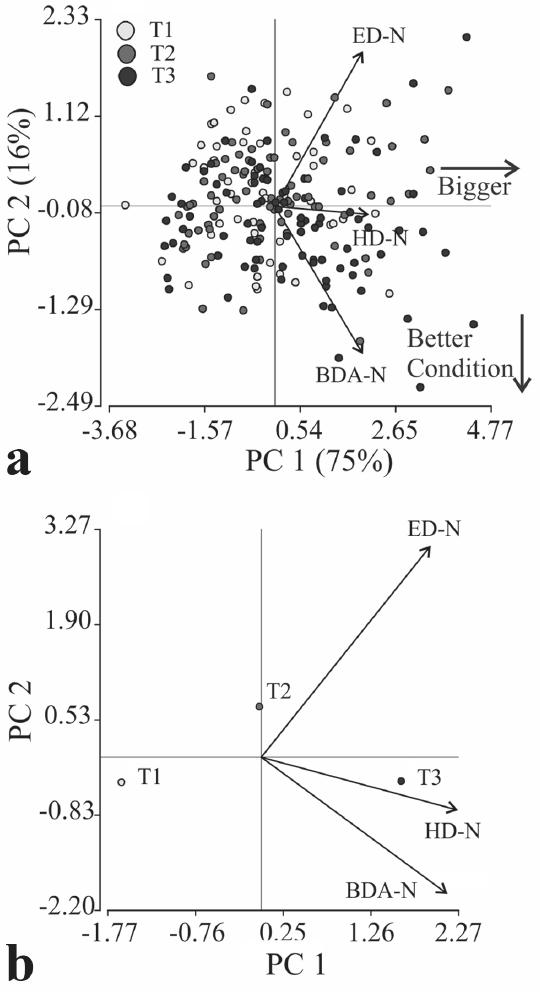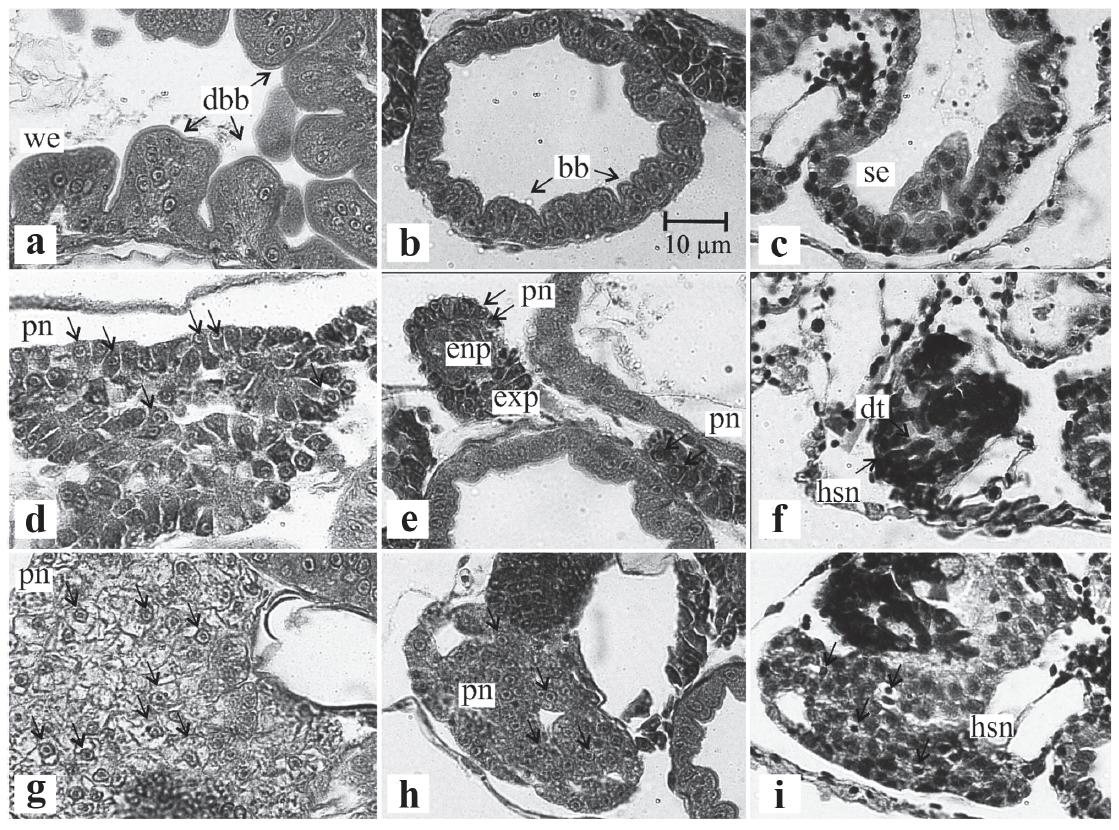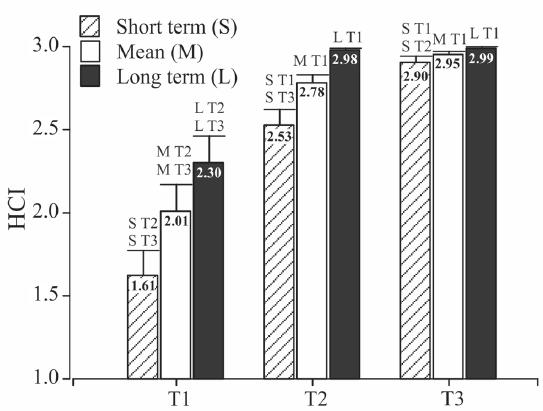Morphometrical and histological techniques were employed to characterize Pagrus pagrus larvae nutritional condition. Larvae were reared in laboratory under controlled conditions with the main objective of testing whether these methodologies allowed finding differences between larvae from different feeding treatments. Once yolk was consumed (three days after hatching) larvae were assigned to a feeding treatment: starved during the whole experiment; delayed feeding, starved during three days; fed during the entire experiment. Algae (Nannochloropsis oculata) and rotifers (Brachionus plicatilis) were provided to larvae for feed treatments. Larvae were fixed daily; for morphometrical purposes in 5% formaldehyde solution, and in Bouin for histological sections. Results herein obtained showed that both methodologies are sensitive enough to distinguish larvae characterized by different nutritional condition states obtained from the feeding treatments. Consequently, these methodologies could be employed in wild red porgy larvae in order to asses their nutritional condition. These techniques could also be employed to check larval quality obtained with aquaculture purposes to estimate the effects of changes in rearing protocols or kind of food supply and thus, to guaranty a higher survival of early developmental stages of reared larvae.
Critical period; Larvae histology; Larvae morphometry; Red porgy; Starvation







